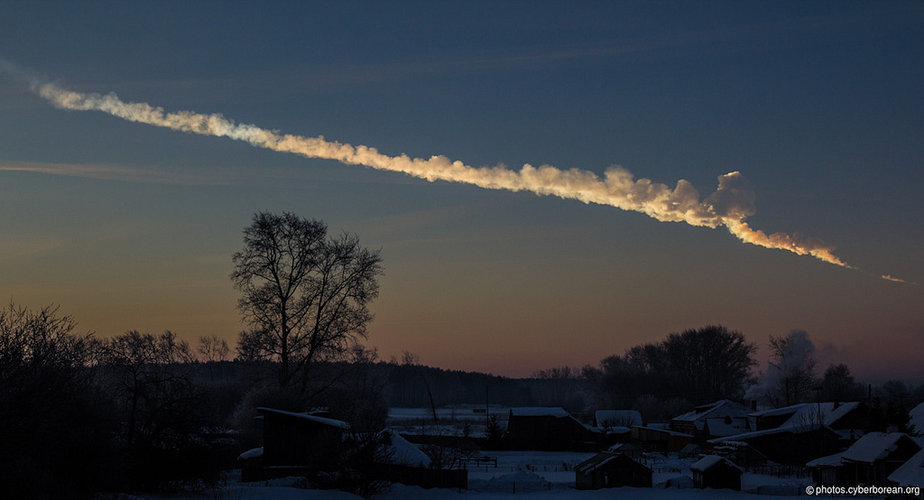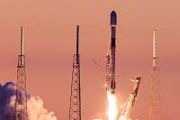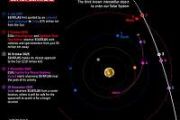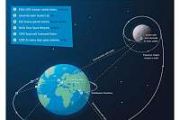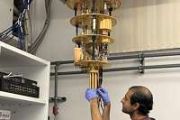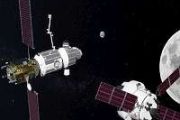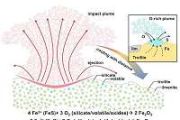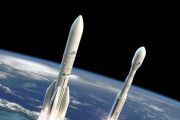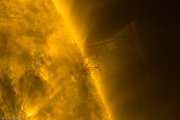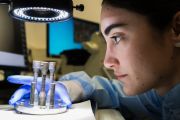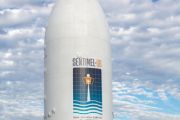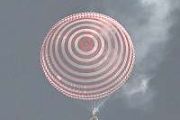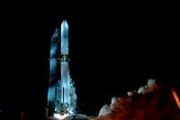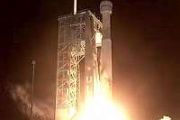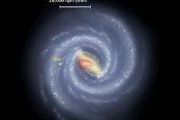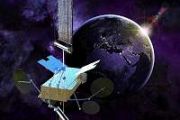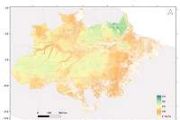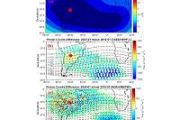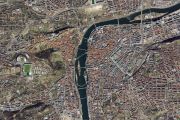
Copernical Team
Northrop Grumman to Revolutionize Space Missions with Next-Gen Cryocoolers
 Northrop Grumman, a stalwart in aerospace and defense technology, is taking a significant step forward with its latest innovation in cryocooler technology. Cryocoolers, essentially specialized refrigeration units designed for space applications, are critical for maintaining the extremely low temperatures required for the optimal performance of sensors on satellites and space telescopes. This tec
Northrop Grumman, a stalwart in aerospace and defense technology, is taking a significant step forward with its latest innovation in cryocooler technology. Cryocoolers, essentially specialized refrigeration units designed for space applications, are critical for maintaining the extremely low temperatures required for the optimal performance of sensors on satellites and space telescopes. This tec MethaneSAT Set to Transform Global Methane Emission Tracking with Advanced Technology
 Ball Aerospace has marked a significant milestone in environmental monitoring by delivering the MethaneSAT satellite to Vandenberg Space Force Base in Santa Barbara County, California, setting the stage for its launch next month. This pivotal mission, developed in collaboration with MethaneSAT, LLC-a subsidiary of the nonprofit Environmental Defense Fund (EDF)-aims to provide unparalleled insigh
Ball Aerospace has marked a significant milestone in environmental monitoring by delivering the MethaneSAT satellite to Vandenberg Space Force Base in Santa Barbara County, California, setting the stage for its launch next month. This pivotal mission, developed in collaboration with MethaneSAT, LLC-a subsidiary of the nonprofit Environmental Defense Fund (EDF)-aims to provide unparalleled insigh Following repeated delays, NASA launches new PACE Earth-observing satellite
 NASA launched its new Earth-observing satellite into space early Thursday following several days of weather-related delays.
The Plankton, Aerosol, Cloud and ocean Ecosystem orbital will provide NASA scientists with data that they will use to better understand the Earth's oceans and atmosphere, and was launched into space aboard a SpaceX Falcon 9 rocket at 1:33 a.m. EST from Space Launch
NASA launched its new Earth-observing satellite into space early Thursday following several days of weather-related delays.
The Plankton, Aerosol, Cloud and ocean Ecosystem orbital will provide NASA scientists with data that they will use to better understand the Earth's oceans and atmosphere, and was launched into space aboard a SpaceX Falcon 9 rocket at 1:33 a.m. EST from Space Launch L3Harris Demonstrates Advanced SATCOM Prototype, Enhancing Satellite Data Access
 L3Harris Technologies has recently concluded a pivotal demonstration of its Digital Beamforming Phased Array Antenna System (DPAAS) prototype, marking a significant advancement in satellite communications (SATCOM) technology.
This prototype, stationed in Fairbanks, Alaska, has demonstrated a remarkable capability to handle an average of more than 300 satellite contacts per day, including t
L3Harris Technologies has recently concluded a pivotal demonstration of its Digital Beamforming Phased Array Antenna System (DPAAS) prototype, marking a significant advancement in satellite communications (SATCOM) technology.
This prototype, stationed in Fairbanks, Alaska, has demonstrated a remarkable capability to handle an average of more than 300 satellite contacts per day, including t Electron Rocket to Deploy Astroscale's Debris Inspection Satellite in Space Sustainability Effort
 Rocket Lab USA, Inc. (Nasdaq: RKLB) has announced a launch window for a landmark mission in collaboration with Astroscale Japan Inc. The mission, dubbed 'On Closer Inspection,' is set to commence during a 14-day window opening on February 19th NZDT, marking a significant step in the quest for orbital sustainability.
The mission's focal point, the deployment of the Active Debris Removal by
Rocket Lab USA, Inc. (Nasdaq: RKLB) has announced a launch window for a landmark mission in collaboration with Astroscale Japan Inc. The mission, dubbed 'On Closer Inspection,' is set to commence during a 14-day window opening on February 19th NZDT, marking a significant step in the quest for orbital sustainability.
The mission's focal point, the deployment of the Active Debris Removal by Muninn Mission highlights
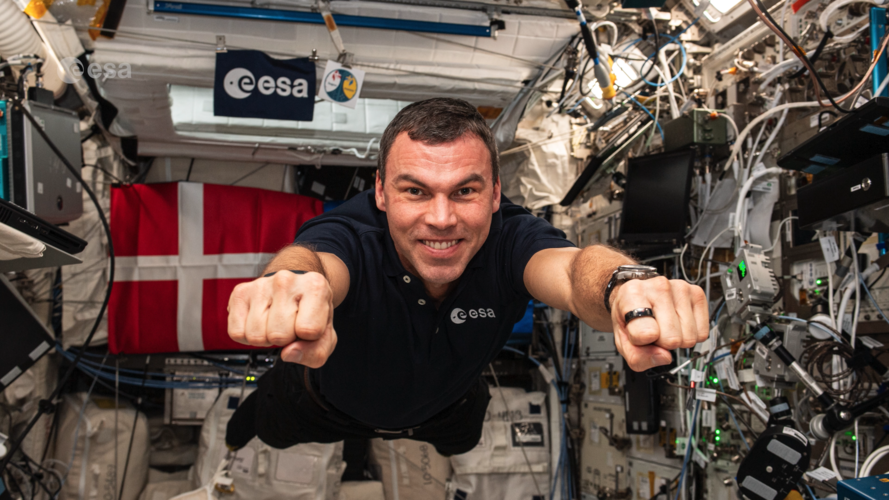 Video:
00:01:05
Video:
00:01:05
Highlights of the Muninn mission with ESA project astronaut Marcus Wandt, from the countdown to launch to his work on the International Space Station.
Day and night cycle on the Space Station
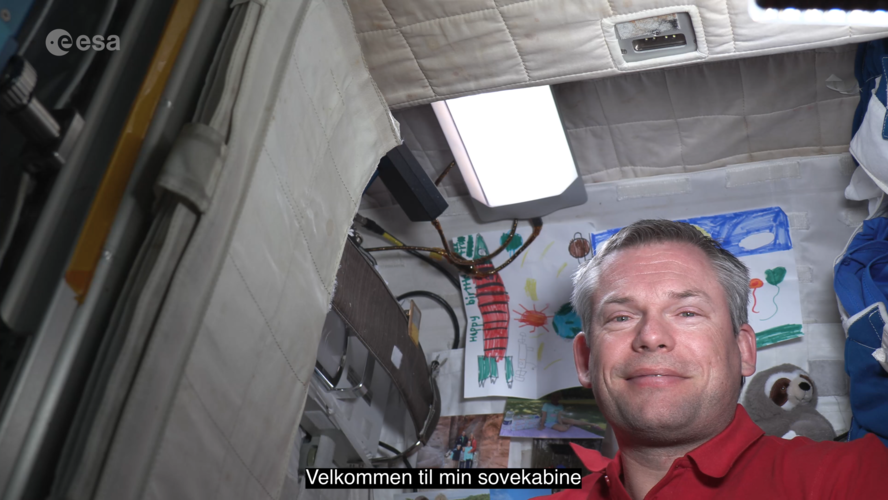 Video:
00:03:08
Video:
00:03:08
As part of his Huginn mission, ESA astronaut Andreas Mogensen tested the Circadian Light experiment in his crew quarters where he sleeps. The light panel was installed above him and is designed to mimic the Sun’s light to give him a better day/night cycle, also known as the circadian rhythm.
Made by SAGA Space Architects in Denmark, the light changes colour over the day, turning on in the early morning to wake up Andreas to then turn a whiter colour during the day. Like the sunset, the panel changes into a more reddish colour before turning off for
ESA shipping container's laser link to space
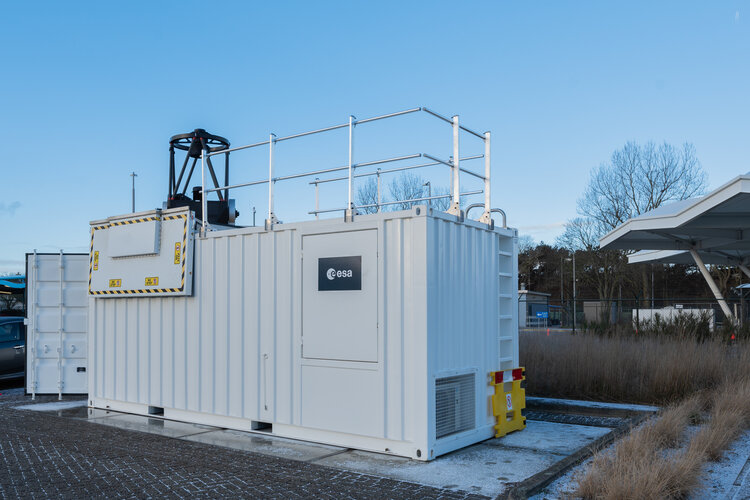
ESA’s very latest laboratory extension is portable in nature: hosted within a standard shipping container, this ESA Transportable Optical Ground Station, ETOGS, can be transported all across Europe as needed, to perform laser-based optical communications with satellites – including NASA’s Psyche mission, millions of kilometres away in space.
The colossal caverns for Fermilab's DUNE experiment have been fully excavated
 Excavation workers have finished carving out the future home of the gigantic particle detectors for the international Deep Underground Neutrino Experiment. Located a mile below the surface of Lead, South Dakota, the three colossal caverns are at the core of a new research facility that spans an underground area about the size of eight soccer fields.
Final outfitting of the colossal caverns
Excavation workers have finished carving out the future home of the gigantic particle detectors for the international Deep Underground Neutrino Experiment. Located a mile below the surface of Lead, South Dakota, the three colossal caverns are at the core of a new research facility that spans an underground area about the size of eight soccer fields.
Final outfitting of the colossal caverns 
